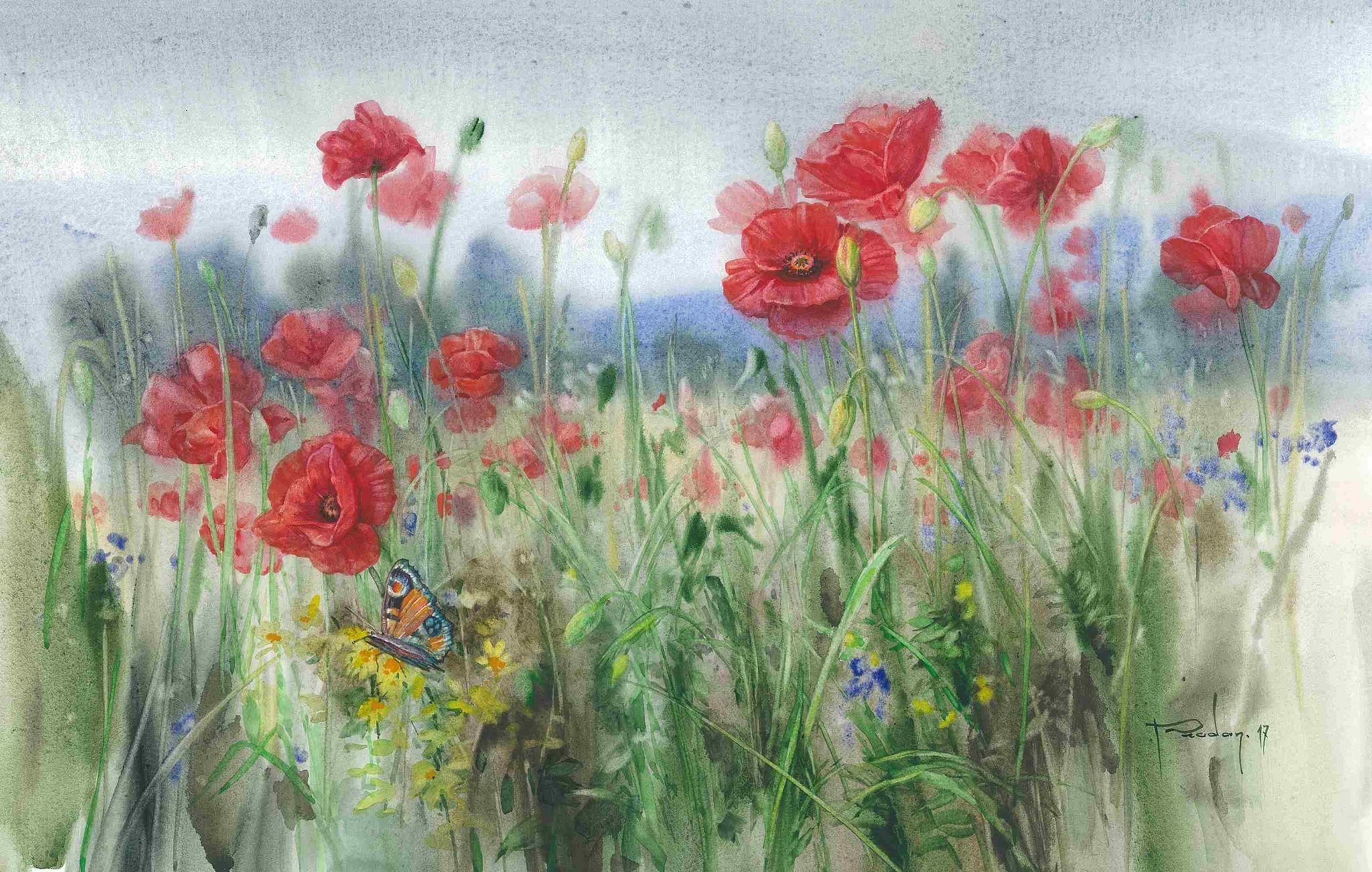"Shrimp Fisherwoman" was created in 1891 by French painter Ferdinand du Puigaudeau (1864-1930) in Neo-Impressionism style.
He painted many Breton scenes and was fascinated with the tradition of the pardon with its processions and rituals, as indeed were many artists over the years.
He also favoured painting studies of Breton women.
Some paintings are shown below and his fascination with the effects of light are evident in his use of flickering candlelight.







.jpg)







